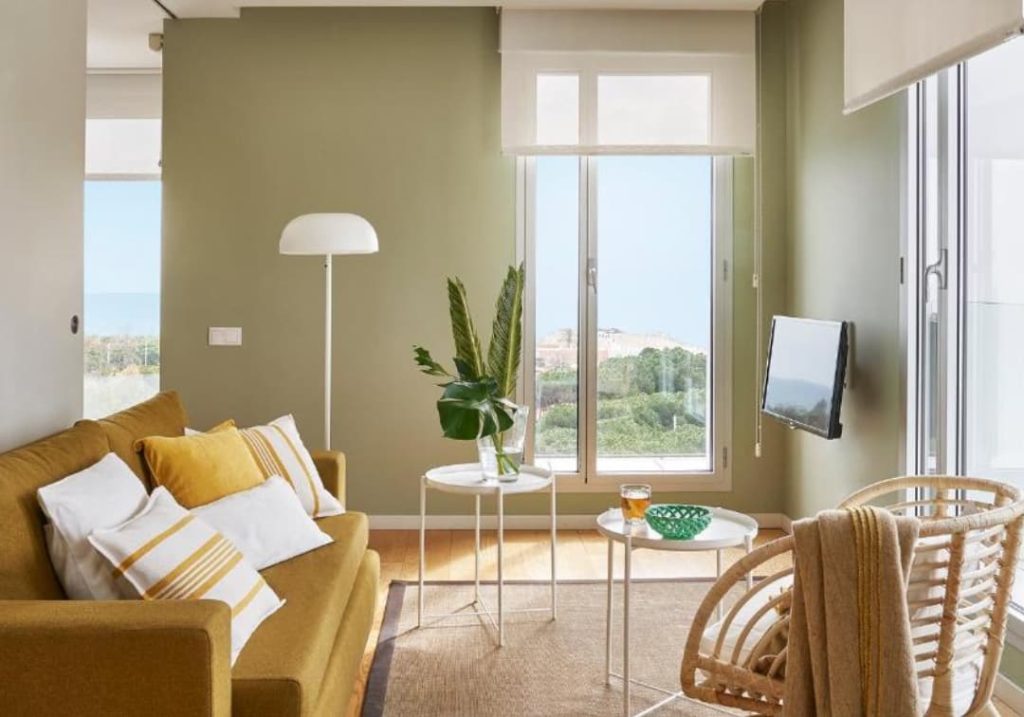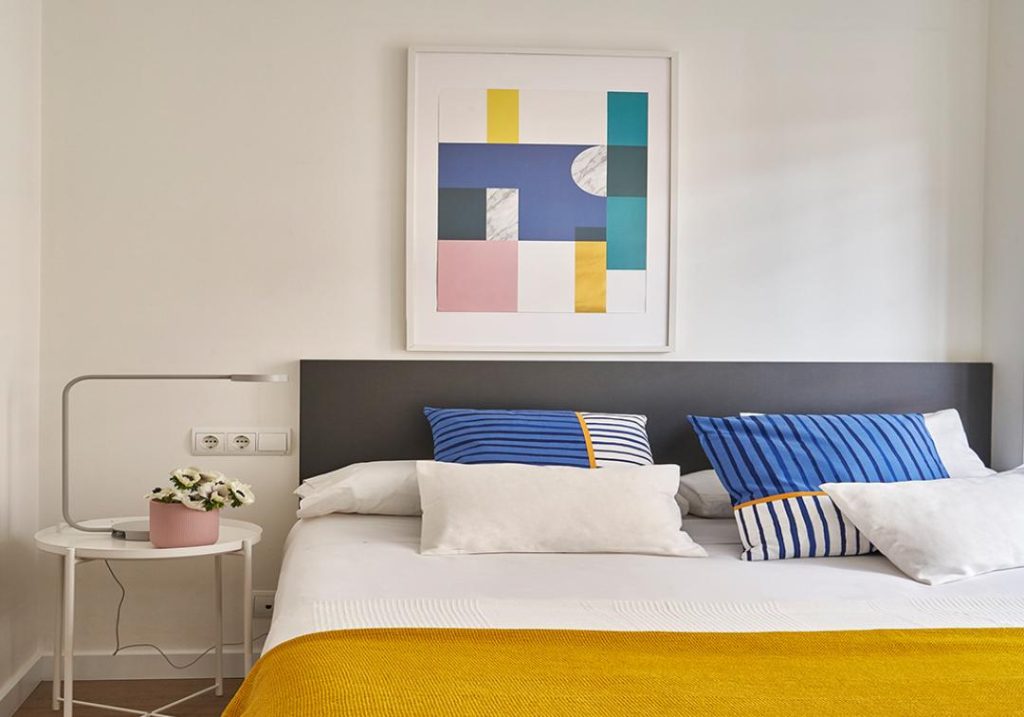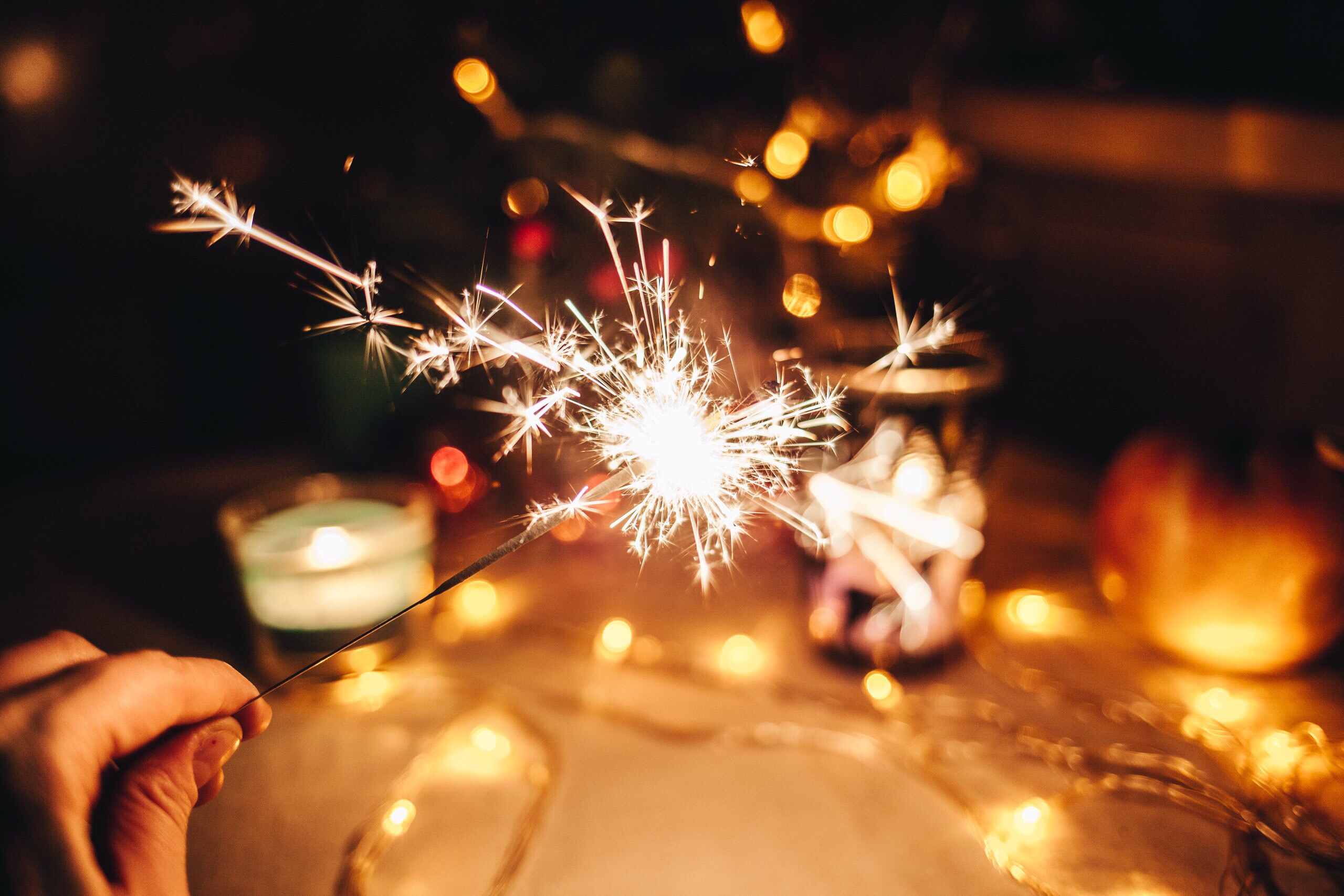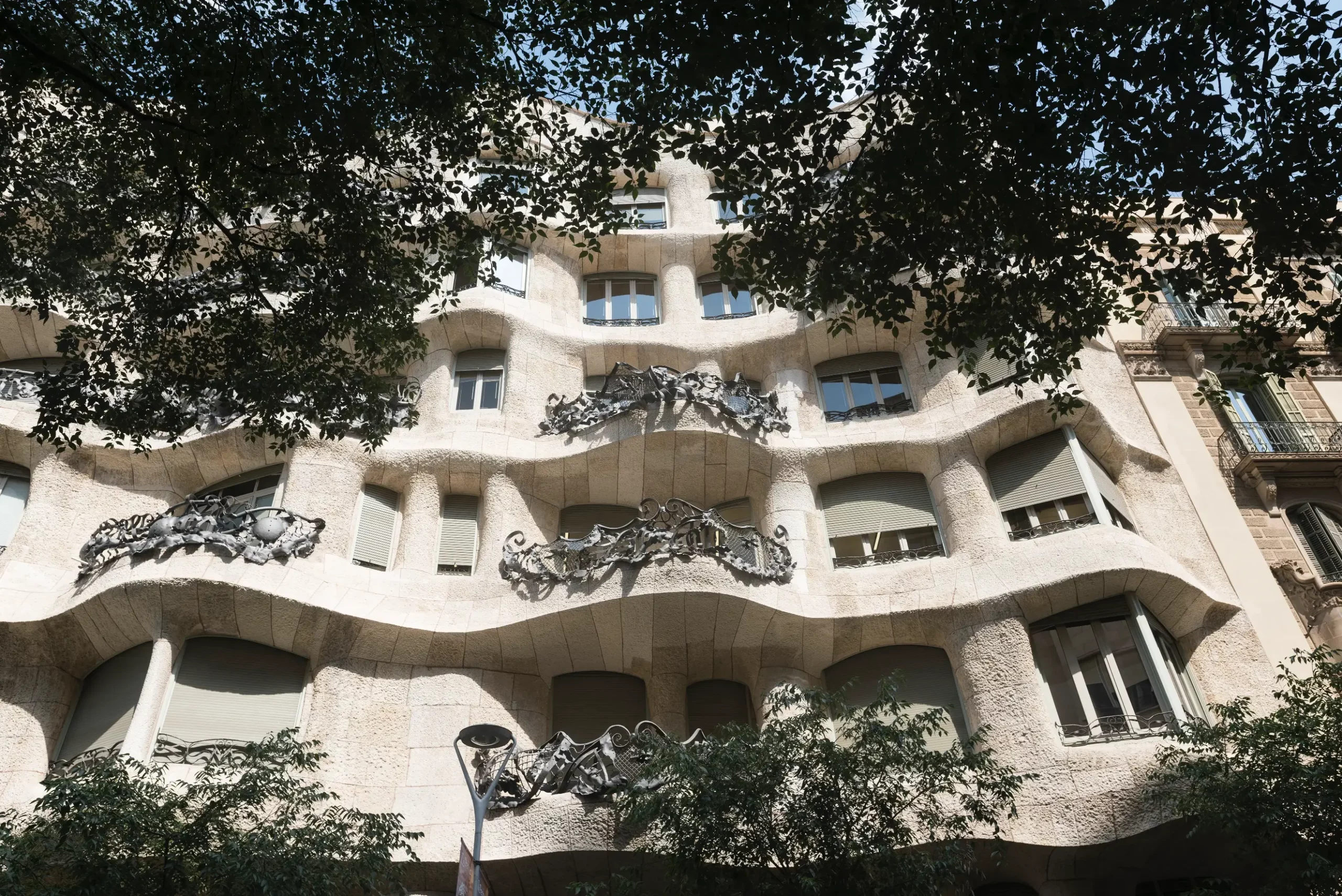Choosing Barcelona as a holiday destination has just one downside: if you only stay for a few days, it is difficult to visit all the monuments you would like to. However, complicated is not the same as impossible. So, if you are planning to take a short break in the Catalan capital, we will show you what to see in Barcelona in 3 days, so you be sure that your route will include all the monuments and spots that you cannot miss.
In addition, staying in our beach apartments in Barcelona, you will be very close to the Poblenou metro station (L4), from which you can reach the center of Barcelona in minutes to start the several itineraries that you can do on foot. Of course, there are also urban buses in the area that will allow you to move around Barcelona easily. Are you ready?
YOUR FIRST DAY IN BARCELONA: FROM SAGRADA FAMÍLIA TO COLÓN
Get ready to enjoy your stay right from the beginning, as the first day starts with the flagship of Barcelona: the Sagrada Família, possibly Antoni Gaudí’s masterpiece. Given that there are usually long queues in front of the basilica, we recommend that you be there before the opening time (at 09:00 a.m.) and that, if possible, buy the tickets in advance on the Internet. The visit can last for hours if you decide to visit all the parts of the complex open to the public: one of the towers, the church, the museum and the pious schools.
Although everything is worth it, we advise you to prioritize the first two, and then walk along Avinguda Gaudí until the next stop on the itinerary: the Sant Pau Modernist Site, one of the World Heritage Sites in Barcelona. Although you have the possibility of taking a guided tour, keep in mind that this requires at least one additional hour.
From there, you can take a taxi or walk for about 27 minutes —round the Guinardó, which later changes its name to Travessera de Dalt, and turn right when you reach Carrer Larrard— until you reach Park Güell, another of Gaudí’s great projects in Barcelona. As in the case of the Sagrada Familia, we recommend buying tickets to the monumental area in advance on the Internet, as you will save time and money.
At the end of your visit, return to the Travessera de Dalt and continue to Plaça de Lesseps. Once there, go down the Gran de Gràcia street, stopping (if you want to) in Carrer Carolines. This is where you will find Casa Vicens, a neomudéjar house designed by Gaudí and declared a World Heritage Site by UNESCO in 2005. If you want to visit the interior, add an hour to your route around Barcelona.
Gran de Gràcia flows into the Passeig de Gràcia, one of the main arteries of the Catalan capital. In addition to stores of the first international fashion firms, here you will find some of the main modernist buildings of the city, such as Casa Milà or La Pedrera and Casa Batlló, both by Gaudí; Casa Amatller, by Josep Puig and Cadafalch, located next to the previous one, and Casa Lleó Morera, in the same block as the last two. The first three can be visited inside, but we already anticipate that it is practically impossible to see them all from the inside in one day.
Continue along the Passeig de Gràcia until you reach Plaça de Catalunya and, from there, continue down the Rambles, the most unique street in Barcelona. On the right, you can stop at the Boqueria or Sant Josep market, with an imposing modernist entrance. You will also go past the Liceu theater, the great opera house of the city and, on the left, you will find the picturesque Plaça Reial, with restaurants, pubs and discos under its arched square.
Returning to les Rambles, continue until reaching the Columbus monument. Although not everyone knows, you can climb to the top of the statue to enjoy unique views over the port of Barcelona. A good place from which, if you have time, you can walk to La Barceloneta, a traditional fishing district famous for its seafood restaurants and its beach. Take a look at the best tapas bars in la Barceloneta for a delicious dinner.
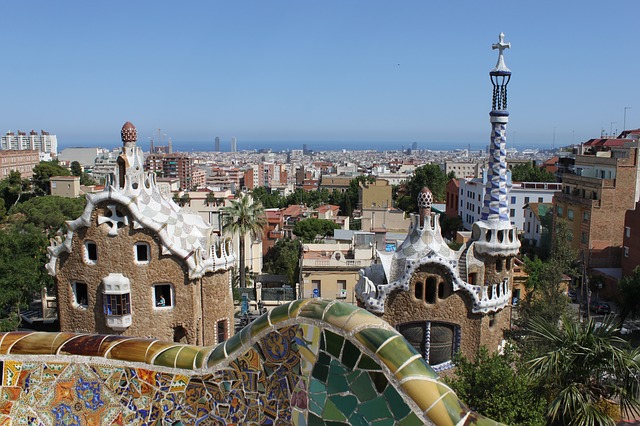
SECOND DAY IN BARCELONA: TOURING CIUTAT VELLA
We continue our list of what to see in Barcelona in 3 days practically where we left it the previous day. In particular, we return to Plaça de Catalunya to keep exploring the district of Ciutat Vella, which brings together the four oldest neighborhoods of Barcelona: Gòtic (or Gothic), Raval, La Barceloneta and Sant Pere, Santa Caterina and La Ribera.
From the square, we will take the avenue of Portal de l’Àngel, famous for its shops and for the astronomical prices of its buildings, the most expensive in Barcelona and the second in Spain. This street ends in the Plaça de la Catedral, where we recommend you pay attention to this religious building of the late thirteenth century. Go from there to the Plaça del Rei, where you will find the Museum of History of Barcelona (MUHBA), whose premises hide the remains of Roman Barcelona: the old Barcino. By the way: this building also hides one of the best kept secrets of the Gothic quarter. If you want to know what they are, you just have to visit this last link.
Nearby, in the secluded Carrer del Paradís, 10, you can admire four columns and a frieze of what was the temple of Augustus. This street leads to Plaça Sant Jaume, which houses the City Hall and the Palau de la Generalitat. From there, take Carrer de la Princesa, which will take you to Via Laietana, which intersects with Carrer de l’Argenteria. This leads to the basilica of Santa María del Mar, a marvel of Catalan Gothic art. Continuing along the spacious Passeig del Born, you will find Carrer de Montcada on the left, where you will find some of Barcelona’s museums, including the Picasso Museum, and El Born Centre de Cultura i Memòria, an archaeological complex with vestiges of Barcelona’s XVIII century, partially destroyed in 1714 as a result of the War of Succession.
Right next door, you will come across the Ciutadella park, located where there was once a citadel. Leaving through its closest access to the zoo of Barcelona and resuming the march down the street of Marquès de l’Argentera, continue along the Passeig d’Isabel II. When you get to the Correos building, walk up Via Laietana and continue along carrer Ample to the Rambles. On the other side, you will enjoy buildings such as the Palau Güell, another impressive Gaudí building, and the monastery of Sant Pau del Camp, where you can see the main Romanesque church in Barcelona. These two monuments are part of the Raval, the old Chinatown, and where the first human remains have been found in Barcelona.
You can finish the second day of this 3-day route in Barcelona on the Rambla del Raval, eternally watched over by the huge Botero cat, watching a film at the nearby Filmoteca de Catalunya or having some bravas in the nearby Poble-sec neighborhood.
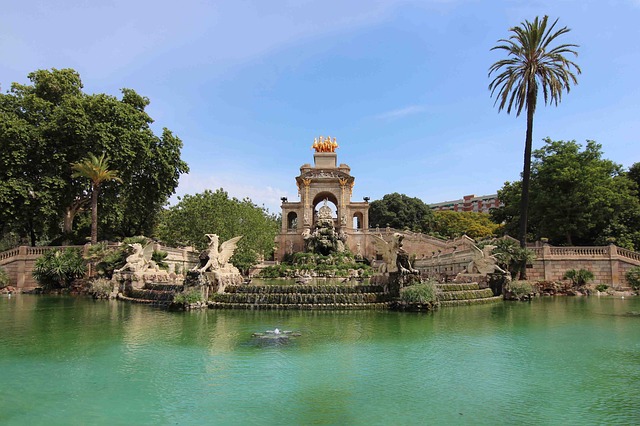
THIRD DAY IN BARCELONA: MONTJUÏC AND THE OLYMPIC RING
We end this article on what to see in Barcelona in 3 days exploring the district of Sants-Montjuïc. To do this, you can take the metro to Plaça d’Espanya (stops L3 and L1) and go up Avinguda de Maria Cristina. In the background, the Magic Fountain -only in operation in the afternoons- and the imposing Palau Nacional, whose interior houses the National Museum of Art of Catalonia (MNAC), famous for gathering the main collection of Romanesque frescoes in the world. Although it would take a full day to visit all its exhibitions, it is more than advisable to contemplate the Christ of Sant Climent de Taüll, an original fresco of the 12th century brought from the homonymous church, in the Vall de Boí (Lleida).
Going up the avenue of Ferrer i Guàrdia, on your right you will see on the CaixaFòrum, an old brick modernist factory with interesting temporary exhibitions at affordable prices (or free, if you are a client of the bank that organizes them). On the left, you can visit the German Pavilion of the International Exhibition of 1929, the work of Mies van der Rohe and, a little further up, the Poble Espanyol, an enclosure created for this last event. Inside, you will find reproductions of some examples of popular architecture throughout Spain. In addition, there are also discos, restaurants, craft workshops and even a flamenco tablao, considered by many to be the best in Barcelona.
Continuing upwards, we arrive at a roundabout that connects with Avinguda de l’Estadi, where the Palau Sant Jordi is located, in which concerts and multitudinous events are organized; the telecommunication tower of Montjuïc, designed by Santiago Calatrava, and the Lluís Companys stadium, which was the main venue for the athletics events of the 1992 Olympic Games. If you continue up the avenue, you will see the Laribal gardens on the left -Ideal to sit down to rest-, and you will arrive at the castle of Montjuïc. In the interior, which can be visited at a reasonable price, there is a small permanent exhibition that summarizes the role played by this military installation in the history of Barcelona. However, the highlight of this monument is its magnificent views over the city, which makes it one of the best viewpoints of Barcelona. On the way back, and if you want to save time, take bus 150, which will help you return to Plaça de Espanya quickly.
So, this is our complete list of what to see in Barcelona in 3 days. However, if you want to scratch even more minutes, you can use other formulas: for example, get on the tourist bus, as we explained in this post about what to see in Barcelona in 2 days.
When you come back to enjoy a new getaway, we invite you to discover other secret places to go in Barcelona. From our holiday apartments in Barcelona, it will be very easy to get there.
Are you missing a monument to visit? In that case, do not hesitate to send us your comments. We are looking forward to reading them!


